Trying to reverse deforestation in the Pacific - One tree, One day, One life.
 The 8th of November 2011 in New Caledonia marked the launching of a new program, called, "One tree, one day, One life" at the 7th Conference of the Pacific Community. Deforestation is the hallmark of colonisation in the South Pacific as everywhere. In small islands, deforestation can make the difference between an inhabitable and an uninhabitable island in terms of rainfall. A joint declaration to participate in a program where every island inhabitant in every participating island in the Pacific will plant a tree every year has already been signed by the Marshall Islands, Samoa, the Cook Islands, Tuvalu, Nauru, Tokelau, Vanuatu, Wallis and Futuna and French Polynesia as of the last SPREP summit in Apia in July 2011.
The 8th of November 2011 in New Caledonia marked the launching of a new program, called, "One tree, one day, One life" at the 7th Conference of the Pacific Community. Deforestation is the hallmark of colonisation in the South Pacific as everywhere. In small islands, deforestation can make the difference between an inhabitable and an uninhabitable island in terms of rainfall. A joint declaration to participate in a program where every island inhabitant in every participating island in the Pacific will plant a tree every year has already been signed by the Marshall Islands, Samoa, the Cook Islands, Tuvalu, Nauru, Tokelau, Vanuatu, Wallis and Futuna and French Polynesia as of the last SPREP summit in Apia in July 2011.
(What do Australia and New Caledonia have in common? See end of article for the answers.)
Pacific Islands get together to plant trees
The 8th of November 2011 in New Caledonia marked the launching of a new wider Pacific Island program, called, "One tree, one day, One life."
The idea is for each island inhabitant to plant one tree every year.
Anthony Lecren, New Caledonia government member for the economy, trade and sustainable development presided over the launch at the global warming and sustainable development summit at the 7th Conference of the Pacific Community in Noumea preparing for the RIO+20 Summit.
He urged Pacific island countries and territories to unite around a common project in order to make Oceania heard at the Rio+20 Summit in June 2012. He was joined by Samoan Deputy Prime Minister, Fonotoe Nuafesili Pierre Lauofo, who said, "We will not be the last to react."
Deforestation of Pacific Islands
The Pacific islands are home to some 10 million people and constitute one-third of the world's maritime exclusive economic zone, with its natural riches and biodiversity still relatively intact compared to those of Europe. They represent an invaluable treasure for our planet. The ecology of these islands is, however, damaged and consequently fragile. Climate change is expected to add to their vulnerability.
Deforestation is the hallmark of colonisation in the South Pacific as everywhere. In small islands, deforestation can make the difference between an inhabitable and an uninhabitable island in terms of rainfall. An extreme case is Nauru. Once perhaps the richest and most beautiful of all islands in this area, it was mined into a desert for the its guano phospate reserves, which had been deposited over millenia by a rich population of migratory birds. As the forest disappeared, then the soil, tragically the rain stopped falling. Now the few locals that remain rely on water imported from Australia (itself the driest inhabited continent on earth), and the human population there, once tall and powerful in the region, is now exceptionately unhealthy.
Nickel mining in New Caledonia
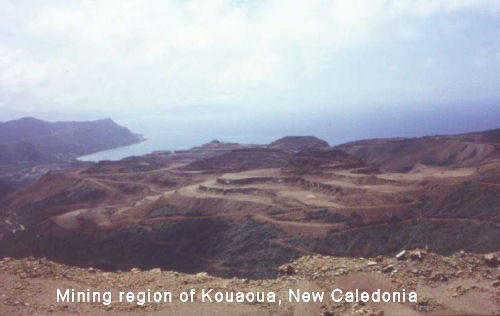
New Caledonia has also been deeply scarred by mining, not for guano-phosphates, but for nickel. The scars are both ecological and social, for nickel-mining meant that there was always a well-paid temporary immigrant strata with power on the island, able to call political shots, running the principle employment sector and massively changing the shape of the land and its use to the great disadvantage of the indigenous inhabitants who were largely deprived of their self-sufficient economic choices.
"Wide-scale mining started in 1875 in Houaïlou and Canala communes. Early mining was done by hand and then gradually became mechanised. By beginning of the 20th century two large mines at Bourai and Thio were established. In the initial years, after nickel was discovered mining was done in about 330 mines. However in 1981 there were only 30 functional mines as against 130 in the early 1970s. [5] Because of the remote location of the islands, about half of the ore was smelted locally, despite the underdeveloped industrial infrastructure of New Caledonia.
The production of ore was nearly constant between 1875 and 1948, but then increased about 70 times reaching a peak of about 8 million tonnes in 1971. This rise followed by a decline, to about 4 million tonnes of ore in 1981, due to cyclones, reducing demand for the metal and increasing role of other world producers, such as Indonesia, Philippines and Australia. Correspondingly, the mined area decreased from 21,500–8,700 hectares (53,000–21,000 acres) and the number of people employed in the industry from about 6,200 to about 3,600. Nearly half of them worked at the mines and another half at the major Doniambo processing plant near Noumea." Source: http://en.wikipedia.org/wiki/Nickel_mining_in_New_Caledonia
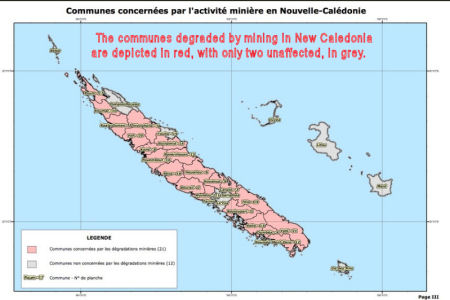
Joint declaration on climate change, biodiversity, economic diversity
A joint declaration pertaining to the "one tree, one day, a life" initiative for the Pacific region will be signed by those countries wishing to participate in the program, which now includes the Marshall Islands, Samoa, the Cook Islands, Tuvalu, Nauru, Tokelau, Vanuatu, Wallis and Futuna and French Polynesia as of the last SPREP summit in Apia in July 2011.
The joint declaration comes from awareness both of the international responsibilities in ensuring the preservation of the insular biodiversity of the Pacific region in a context of climate change and of the difficulties facing each of the governments in making their voices heard at international level in matters of the environment and sustainable development.
The initiative aims to harmonize the sustainable development policies and actions of the countries, governments and territories of the Pacific in accordance with the institutional framework recommended by Rio+20 and to make it the environmental and sustainable development platform for the territories of the Pacific at the Rio+20 Summit.
South Pacific islands have suffered from very unbalanced economies since colonisation and this program seeks to contributing to a diversification of the economies of the South Pacific and, in particular, the development of the "green economy."
This article is the result of press communications resulting from the conference with the hope of producing "factual communication with an international reach."
"One tree, one day, one life"
The project unveiled by Anthony Lecren consists in planting one tree each year by New Caledonia's 250,000 inhabitants. That is equivalent to 250,000 trees planted per year over a period of at least 10 years. The program has also been designed to promote economic spin-offs, develop activity in rural areas and ensure livelihoods for those populations all the while contributing to restoring the "human-nature" link.
This project draws on the support of over 10 years of knowledge and experience in terms of existing research and development in New Caledonia and enables consolidation of a number of different projects by their size, geographic scope and economy.
Because New Caledonia suffered by mining, it also has long experience of the problem of reforestation and skilled scientific personnel, organisations and companies to carry this out. New Caledonia hopes to gain more visibility for these specialists in the wider Pacific community and to play an important role in their common reforestation project.
To find out more about biodiversity in New Caledonia, have a look at the biodiversity portal that brings together participants, scientists, institutions, programs and organisations in this project.
What do Australia and New Caledonia have in common?
They are both beautiful Pacific Islands, although Australia is also identified as a continent.
They have both suffered major deforestation for mining and agriculture.
They both have a colonial history which dispossessed an indigenous community, although France has done a better job of providing housing and education for its citizens, including indigenous ones.
They have very similar climate and biodiversity regions.
They were both convict colonies.
Both suffer from the political impact of continued high immigration. In New Caledonia's case this is mainly restricted to French and European skilled or wealthy nationals, whereas in Australia it is part of a virtually unrestricted program to inflate local prices for resources and assets.
NOTES
Source for announcements about the One Tree, One Day, One Life program launch was a Press release from Noumea, 8 November 2011, from Florence Dhie-Le Guénédal, Antipode Productions. Also: www.1tree1day1life.nc and www.biodiversity.nc

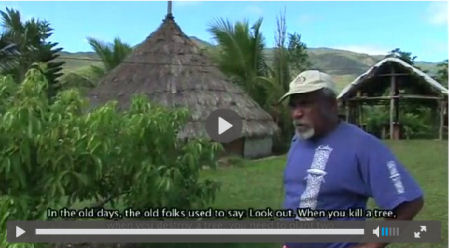
 Proposed revisions to the Code of Practice for Forestry in Victoria Australia could adversely impact Victoria's threatened species. As many candobetter.net readers know, the Victorian Auditor General found last year that
Proposed revisions to the Code of Practice for Forestry in Victoria Australia could adversely impact Victoria's threatened species. As many candobetter.net readers know, the Victorian Auditor General found last year that 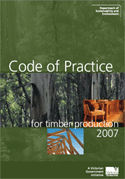
 The Honourable Ryan Smith MP, Minister for the Environment, has confirmed that he will upgrade the status of the Frankston Reservoir to a Nature Conservation Reserve. A delegation, including the Member for Frankston Geoff Shaw MP, met with the Minister in March to discuss the many issues surrounding the future of this significant bushland. The extraordinary quality of this remnant wilderness comes from the fact that there has been no public access for 90 years. Full protection of this reserve will protect the fauna and flora, and guard the “sanctuary” and “solitude” experience of this unique natural heritage for Frankston residents and all Victorians.
The Honourable Ryan Smith MP, Minister for the Environment, has confirmed that he will upgrade the status of the Frankston Reservoir to a Nature Conservation Reserve. A delegation, including the Member for Frankston Geoff Shaw MP, met with the Minister in March to discuss the many issues surrounding the future of this significant bushland. The extraordinary quality of this remnant wilderness comes from the fact that there has been no public access for 90 years. Full protection of this reserve will protect the fauna and flora, and guard the “sanctuary” and “solitude” experience of this unique natural heritage for Frankston residents and all Victorians.
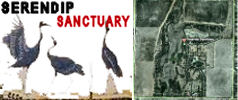 Approval to rezone the rural land opposite Serendip Sanctuary, Lara, near Geelong, sets a dangerous precedent for open slather development that places the wildlife protected there at risk and flies in the face of democracy. The Sanctuary is internationally recognised for successfully breeding captive species such as Brolga, Musk and Freckled Duck and now the Eastern Barred Bandicoot, which is on the brink of extinction. Serendip forms an important wildlife corridor between the You Yangs Regional Park and Brisbane National Park through agricultural land and the sprawl of Greater Melbourne as it spreads to meet the regional city of Geelong.
Approval to rezone the rural land opposite Serendip Sanctuary, Lara, near Geelong, sets a dangerous precedent for open slather development that places the wildlife protected there at risk and flies in the face of democracy. The Sanctuary is internationally recognised for successfully breeding captive species such as Brolga, Musk and Freckled Duck and now the Eastern Barred Bandicoot, which is on the brink of extinction. Serendip forms an important wildlife corridor between the You Yangs Regional Park and Brisbane National Park through agricultural land and the sprawl of Greater Melbourne as it spreads to meet the regional city of Geelong.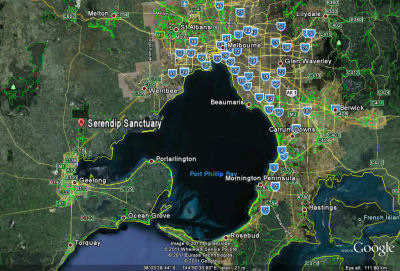 Why do Victorians and other Australians have to keep fighting over and over again to protect their rights from the very people who are supposed to be looking after their rights?
Why do Victorians and other Australians have to keep fighting over and over again to protect their rights from the very people who are supposed to be looking after their rights?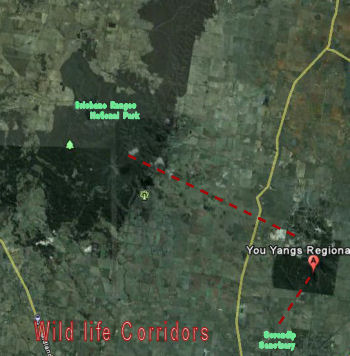 The Serendip corridor ultimately leads, via the You Yangs Regional Park to the Brisbane Ranges National Park, which is a haven for koalas, which are daily losing their habitat to the unprecedented amount of development in Victoria and other states.
The Serendip corridor ultimately leads, via the You Yangs Regional Park to the Brisbane Ranges National Park, which is a haven for koalas, which are daily losing their habitat to the unprecedented amount of development in Victoria and other states.  Serendip Sanctuary is just 45 minutes to the west of Melbourne but visitors will find that they are immediately amongst wild kangaroos and native birds, such as the animated honeyeaters and screeching cockatoos. The lake is the home of crowds of waterbirds. These waterbirds include the magnificent brolgas, celebrated in Aboriginal dance, now rarely seen by Australians.
Serendip Sanctuary is just 45 minutes to the west of Melbourne but visitors will find that they are immediately amongst wild kangaroos and native birds, such as the animated honeyeaters and screeching cockatoos. The lake is the home of crowds of waterbirds. These waterbirds include the magnificent brolgas, celebrated in Aboriginal dance, now rarely seen by Australians. 
 I was moved to investigate further when on April 5th candobetter.net received an anonymous comment, entitled, "Koala left clinging to a tree after land clearing."
I was moved to investigate further when on April 5th candobetter.net received an anonymous comment, entitled, "Koala left clinging to a tree after land clearing." 
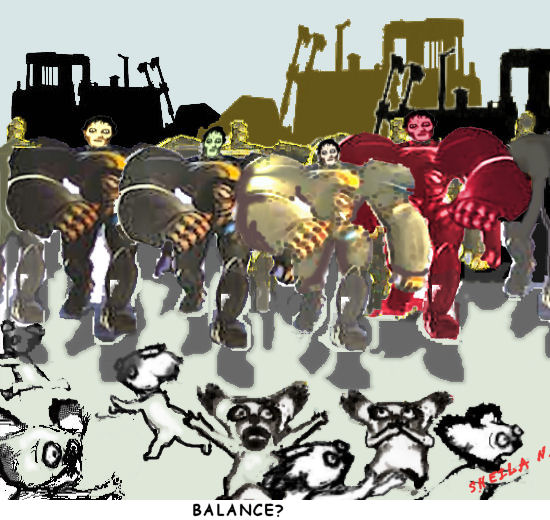
 Upon waking this morning, the first of January, I expect the media to lead off with what has become a tiresome ritual. Declaring the "winner" of the First-Baby-Of-The-Year Derby. Or should it be called "The Race To Extinction Derby"? Is there anything more symbolic of our collective stupidity and denial as celebrating the addition of the earliest born human being to a species that has rocketed to nearly 7 billion? I think it is timely then to reprise something I wrote a year and a half ago. I have not flinched in my fealty to these sentiments. It is something, which, if it appeared in the local community magazine, would ensure my lynching. That it would inspire such a reaction is proof, I think, of its veracity.
Upon waking this morning, the first of January, I expect the media to lead off with what has become a tiresome ritual. Declaring the "winner" of the First-Baby-Of-The-Year Derby. Or should it be called "The Race To Extinction Derby"? Is there anything more symbolic of our collective stupidity and denial as celebrating the addition of the earliest born human being to a species that has rocketed to nearly 7 billion? I think it is timely then to reprise something I wrote a year and a half ago. I have not flinched in my fealty to these sentiments. It is something, which, if it appeared in the local community magazine, would ensure my lynching. That it would inspire such a reaction is proof, I think, of its veracity.  The Australian land tax system creates hot treeless slums. In Queensland, for instance, the Brisbane City Council charges landowners according to the assessed market value of their land. If the Council land-zoning changes to allow medium or high density housing on land previously zoned only for detached homes, then the commercial value of that land goes up as each block will then be able to hold several dwellings instead of one. Although living conditions then become cramped and the quality of life for residents of higher density declines in comparison with that of residents of detached single dwellings, the total financial value of the medium density dwellings inevitably exceeds that of a single residence on the same land.
The Australian land tax system creates hot treeless slums. In Queensland, for instance, the Brisbane City Council charges landowners according to the assessed market value of their land. If the Council land-zoning changes to allow medium or high density housing on land previously zoned only for detached homes, then the commercial value of that land goes up as each block will then be able to hold several dwellings instead of one. Although living conditions then become cramped and the quality of life for residents of higher density declines in comparison with that of residents of detached single dwellings, the total financial value of the medium density dwellings inevitably exceeds that of a single residence on the same land.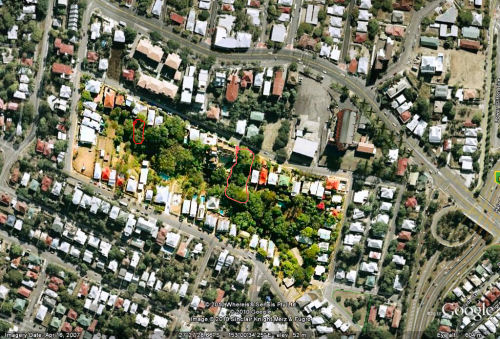

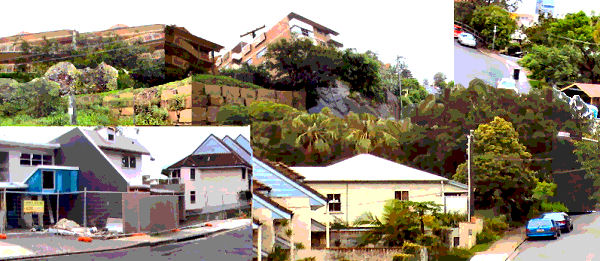
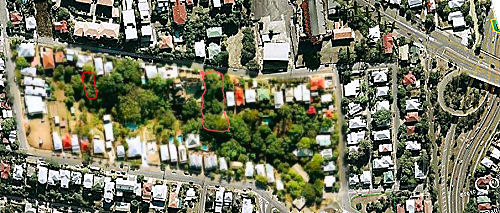
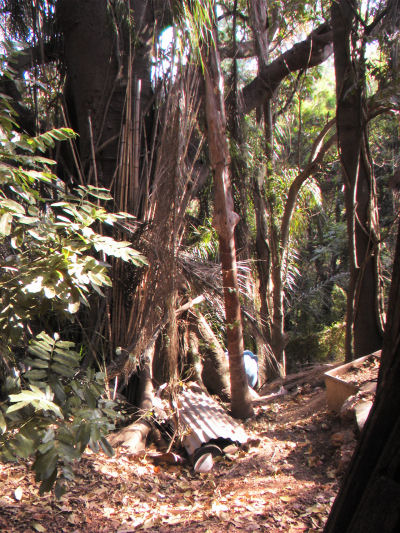 I know personally that the landowner with the three forested unbuilt blocks now sees little choice but to sell his land because the rates are so high. If he reluctantly goes ahead and the remnant rainforest is destroyed it will be more than a loss of natural beauty for Brisbane residents. Almost certainly the loss of the ecological services will make Brisbane a hotter and uglier. It will certainly not improve it. Those who can afford to will most likely draw on more electrical power to make their homes cool at least on the inside.
I know personally that the landowner with the three forested unbuilt blocks now sees little choice but to sell his land because the rates are so high. If he reluctantly goes ahead and the remnant rainforest is destroyed it will be more than a loss of natural beauty for Brisbane residents. Almost certainly the loss of the ecological services will make Brisbane a hotter and uglier. It will certainly not improve it. Those who can afford to will most likely draw on more electrical power to make their homes cool at least on the inside. Controversial Tweed Shire Council has a history of making poor environmental decisions that are hugely unpopular with the largely Green-oriented residents. It is the second most complained about council in New South Wales. However in November 2010 the councillors voted for the worst possible blunder which will be recorded as a major crime against Nature.
Controversial Tweed Shire Council has a history of making poor environmental decisions that are hugely unpopular with the largely Green-oriented residents. It is the second most complained about council in New South Wales. However in November 2010 the councillors voted for the worst possible blunder which will be recorded as a major crime against Nature.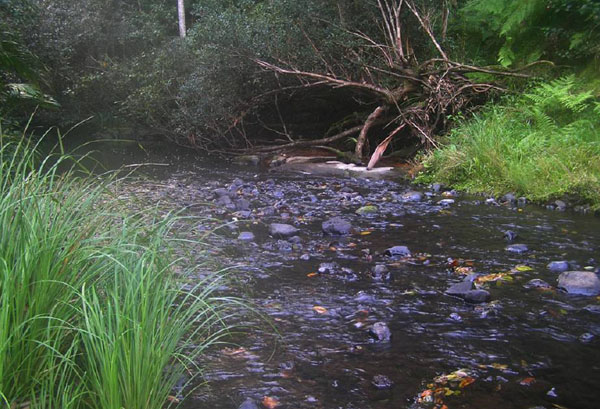


 (Cr Skinner, Cr Polglase and Cr Youngblutt)On November 1st, Mayor Kevin ‘Green’ Skinner (who declared on his election his commitment to 'preserving this lovely pristine environment'(see http://www.tweednews.com.au/story/2010/09/21/skinner-tweeds-new-mayor/ ) used his casting vote to push the motion for a dam through, contrary to convention to vote with staff recommendations. The ‘Three Stooges’ pro-development councillors who voted for the dam, also dogged a motion for an independent review of water demand management for the shire.
(Cr Skinner, Cr Polglase and Cr Youngblutt)On November 1st, Mayor Kevin ‘Green’ Skinner (who declared on his election his commitment to 'preserving this lovely pristine environment'(see http://www.tweednews.com.au/story/2010/09/21/skinner-tweeds-new-mayor/ ) used his casting vote to push the motion for a dam through, contrary to convention to vote with staff recommendations. The ‘Three Stooges’ pro-development councillors who voted for the dam, also dogged a motion for an independent review of water demand management for the shire. 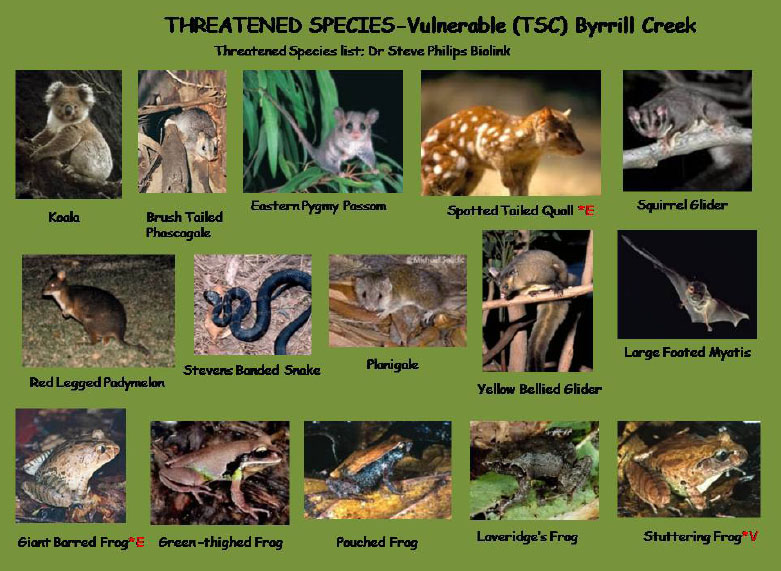
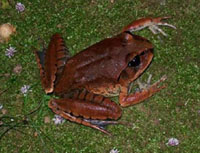
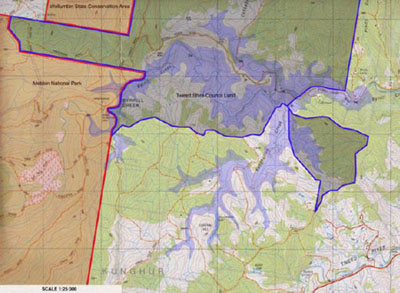
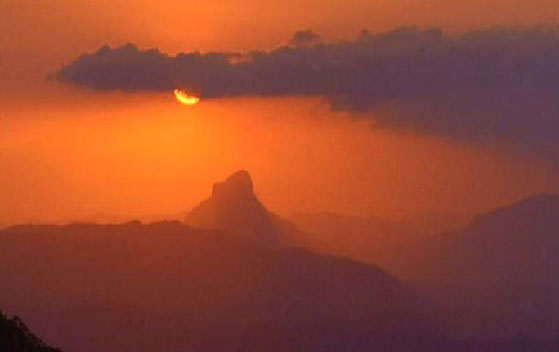 Mt Warning is a sacred site to the local aboriginal population and contains numerous cultural heritage sites within the Byrrill Creek area. There was a 3-day indigenous study showing 26 registered sites confined to the original aboriginal inhabitants (camp sites etc). In 2009 4 new sites were found. A dam would cut highly significant pathways. These sites are significant and important to the indigenous people living here.
Mt Warning is a sacred site to the local aboriginal population and contains numerous cultural heritage sites within the Byrrill Creek area. There was a 3-day indigenous study showing 26 registered sites confined to the original aboriginal inhabitants (camp sites etc). In 2009 4 new sites were found. A dam would cut highly significant pathways. These sites are significant and important to the indigenous people living here. 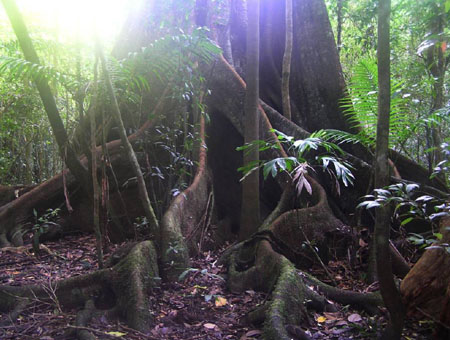
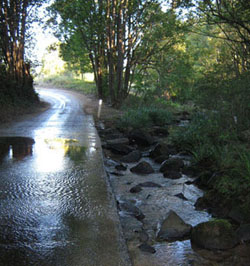 * Of countries containing large endowments of biodiversity, Australia is unique in another very significant way. Of all the countries classified as megadiverse, Australia is one of only two countries in the high income category. This position carries a special responsibility and implies that a high standard of biodiversity protection can be expected in Australia. It also carries with it an opportunity too for world leadership”. (Aust Govt website: State of Environment report 2001)
* Of countries containing large endowments of biodiversity, Australia is unique in another very significant way. Of all the countries classified as megadiverse, Australia is one of only two countries in the high income category. This position carries a special responsibility and implies that a high standard of biodiversity protection can be expected in Australia. It also carries with it an opportunity too for world leadership”. (Aust Govt website: State of Environment report 2001)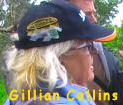 Freeway proponents' argument for clearing push prior to provision of net gain offsets:
Freeway proponents' argument for clearing push prior to provision of net gain offsets: You might wonder why city staff in towns like Campbell River, Courtenay, and Nanaimo, BC or 500 other localities across the land are threatened with disciplinary action if they leak information about the hidden pro-growth agendas of their "employers"--the mayors and town councillors. Well, here is the context. Regional planners, under the direction of their political overlords---the proxies of developers----are trying to shove tens of thousands more people into the North Vancouver Island region. And they don't want people get wind of it, or at least to grasp the full implications of their devious plans. Sound familiar? It should. What is transpiring here is transpiring across Canada and the continent of North America--and elsewhere. New subdivisions are sprouting up all over the map in place of greenbelts, woodlands and marshes and the people have little say in the matter.
You might wonder why city staff in towns like Campbell River, Courtenay, and Nanaimo, BC or 500 other localities across the land are threatened with disciplinary action if they leak information about the hidden pro-growth agendas of their "employers"--the mayors and town councillors. Well, here is the context. Regional planners, under the direction of their political overlords---the proxies of developers----are trying to shove tens of thousands more people into the North Vancouver Island region. And they don't want people get wind of it, or at least to grasp the full implications of their devious plans. Sound familiar? It should. What is transpiring here is transpiring across Canada and the continent of North America--and elsewhere. New subdivisions are sprouting up all over the map in place of greenbelts, woodlands and marshes and the people have little say in the matter.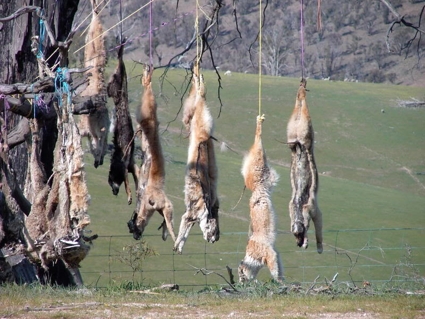 In terms of environmental management Australia is just a collection of colonies not unlike the days of very early settlement. Policies that govern the control of feral animals and natives that are perceived as pests differ from state to state (and territory).
In terms of environmental management Australia is just a collection of colonies not unlike the days of very early settlement. Policies that govern the control of feral animals and natives that are perceived as pests differ from state to state (and territory).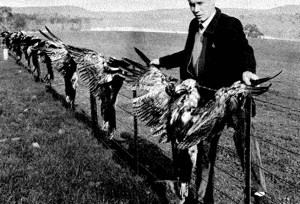

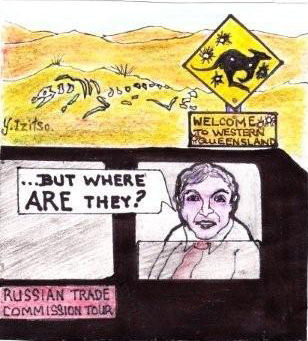 Last year Russia banned the import of kangaroo meat because of health concerns. The European Union President is also advocating a ban on kangaroo meat, but for wildlife preservation and cruelty reasons. Australian AgForce and the Australia-Russia Business Council have got together with the Queensland government to try to reverse this situation and they have been strongly courting the Russian meat trade again. In early June the Russian Trade Minister Yuri Aleshin was toured around Western Queensland with this trade in mind. Ironically he was recorded on an ABC radio broadcast posing the question regarding the kangaroos..."but where are they?" Obviously he had not seen the 'hordes' that are so often said to exist.
Last year Russia banned the import of kangaroo meat because of health concerns. The European Union President is also advocating a ban on kangaroo meat, but for wildlife preservation and cruelty reasons. Australian AgForce and the Australia-Russia Business Council have got together with the Queensland government to try to reverse this situation and they have been strongly courting the Russian meat trade again. In early June the Russian Trade Minister Yuri Aleshin was toured around Western Queensland with this trade in mind. Ironically he was recorded on an ABC radio broadcast posing the question regarding the kangaroos..."but where are they?" Obviously he had not seen the 'hordes' that are so often said to exist.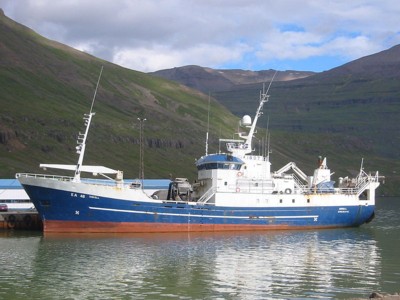
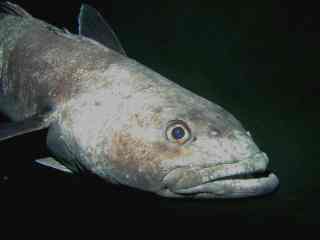
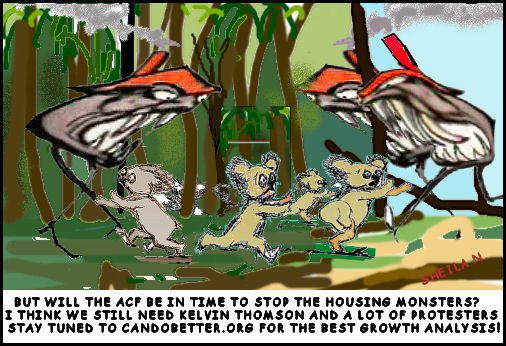
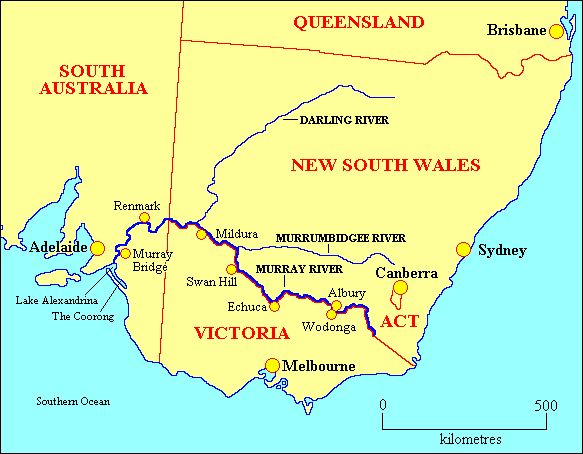
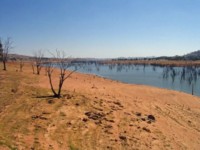



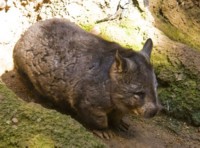

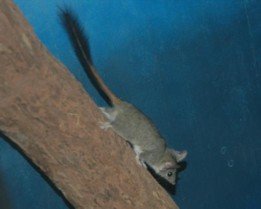
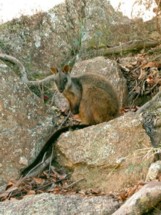
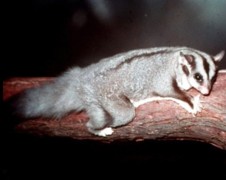
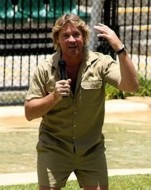 Mr Kelvin Thomson (Wills) Monday, 8 February 2010
Mr Kelvin Thomson (Wills) Monday, 8 February 2010
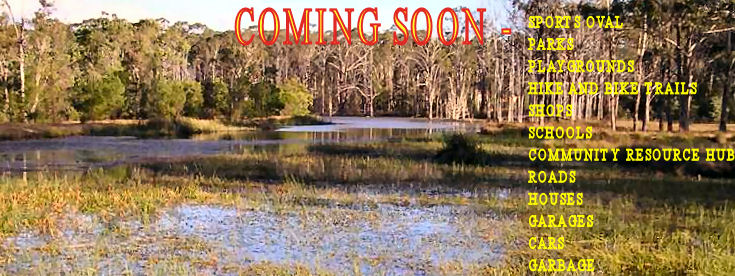

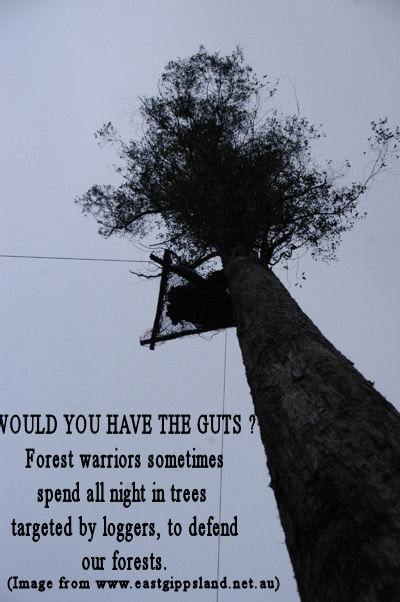
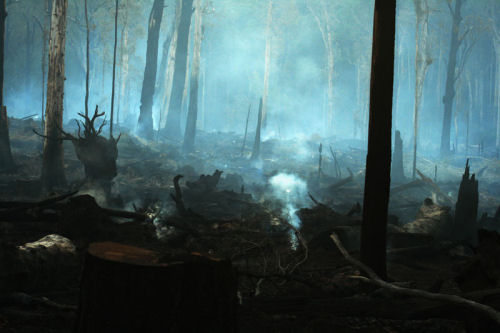
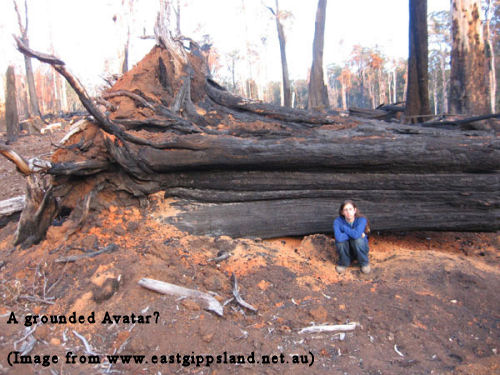
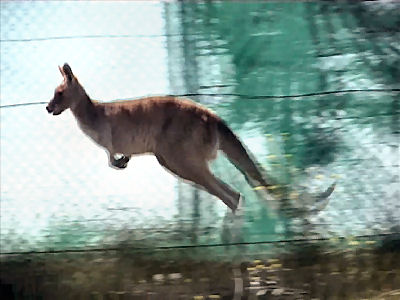 Photo by Jill Quirk
Photo by Jill Quirk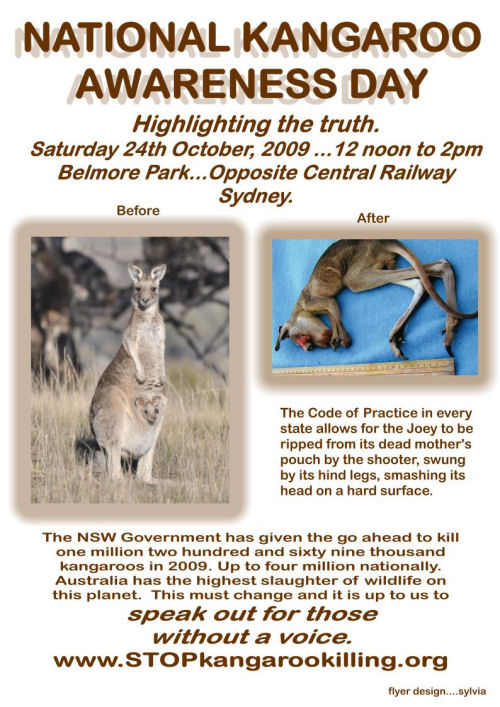
 (Illustration:Canetoad Anna B by Sheila N)
(Illustration:Canetoad Anna B by Sheila N) (photo: Wikimedia Commons)
(photo: Wikimedia Commons) (Photo source: http://www.epa.qld.gov.au/about_the_epa/public_reporting/epa_bulletin/issue_48_june_2009/index.html)
(Photo source: http://www.epa.qld.gov.au/about_the_epa/public_reporting/epa_bulletin/issue_48_june_2009/index.html)








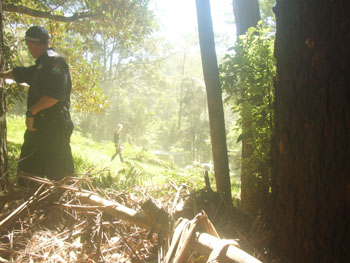
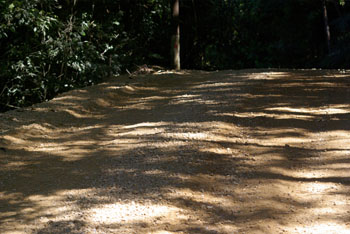
Recent comments